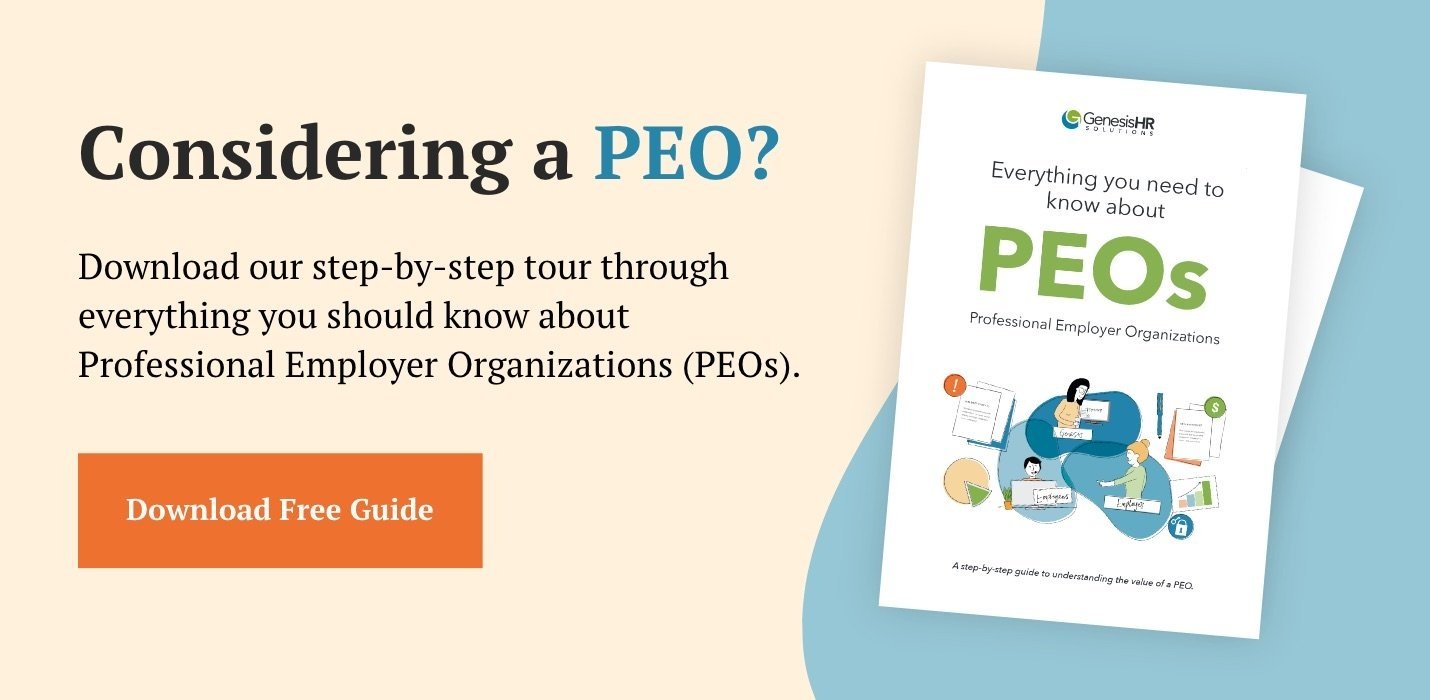In the 25 years that I have been part of the PEO industry, it is safe to say that the predominant PEO business models have changed markedly in that time. In the early years of the industry, the relationship between the PEO (or “employee leasing companies”, which was the term most often used a generation ago) was predominantly transactional. By that I mean that business owners simply wanted to shed most (if not all) of the employer administrative duties and the PEO seemed like a fine alternative. And of course, with the economies of scale, PEOs were often able to secure employee benefit insurance coverage at slightly reduced rates. Typically, one PEO payroll representative would have been assigned as the sole point of client contact. Interestingly, many PEOs continue to operate under the same model today.
However, as the industry began to mature, a deeper focus on the Human Resource component began to emerge. Business owners came to recognize that having a fully functional HR department at their disposal was a key component to helping their companies grow and thrive. And for many PEOs operating today, this is the model emerging as the most popular. Gone are the days of a single point of contact, as many PEOs provide the direct client access to Payroll, Human Resource and Risk Management professionals.
While business models lack true industry-wide consistency, pricing models follow the same pattern. Some PEOs offer the services in a “bundled” approach. Generally speaking, pricing is determined by simply applying a percentage mark-up to the gross payroll amount. This add-on covers all employer taxes, benefit plans, Workers’ Compensation insurance, other related expenses and the PEO service fee. This method provides the PEO client with the ability to forecast costs accurately once basic annual payroll costs can be projected.
However, what the bundled approach offers in planning, it speaks little to the matter of transparency. Today a growing number of PEOs are opting for an “unbundled” pricing method and for good reason; this is preferred by most business owners. The big complaint we hear from clients of PEO’s with bundled pricing is that they do not know the true cost of the PEO relationship. It’s often confusing and difficult to break out the administration fees, workers compensation fees and benefit costs. The percentage billed includes so many pieces (some of which are variable and cap) it can be a daunting task to break out the fees. When clients do take the time and effort to calculate the costs they are often higher than they thought.
A fully unbundled approach is clearly the most transparent method of pricing in the PEO model. Each individual component is identified and is considered a “pass through cost” – either as pay to the employee, applicable taxes and the cost of all insurance. The PEO service fee is identified as a specific, normally fixed fee per worksite employee. Ultimately, clients of PEOs who operate in this fashion know exactly what the true cost of a fully functional Human Resource department will be.
For those business owners who are considering a PEO partnership, it is important to reach a full understanding of the service level being offered and the pricing methodology being applied. After all, to ascertain the full measure of return on the investment (ROI), it makes sense to truly know exactly what that investment might be.
For more information on PEO business models, please reach out to Genesis HR Solutions at AskUs@genesishrsolutions.com or 800-367-8367.
Genesis HR Solutions is the premier PEO provider for Massachusetts based businesses.




